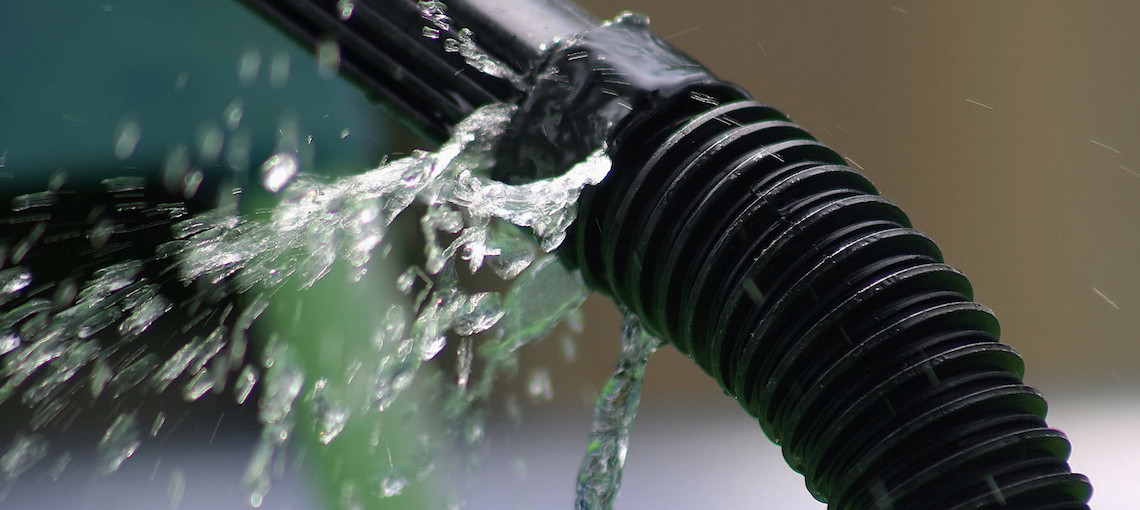Water Use is at an all time high in the United States. Every state predicts it’s rainfall and secures it’s reserves in an attempt at a sustainable water infrastructure and strong water security, and yet, as the world changes, all these predictions and reserves are less guaranteed than ever before.
The general public uses a small fraction of what big agriculture does to feed the population, but it seems to most people that it’s us, not the corporations that are feeling the pinch. Not true. Virtually every industry across America is seriously looking into their water consumption and how to streamline their water usage processes to conserve water. We just deal with it on a person by person basis. Education about water is really the key, and that’s what we’re all about here at Accurate Plumbing, educating people so that they can make the best decisions about their plumbing and water use.
Keeping our water safe and where it is for the future is requiring major evolution across every household, town, city and industry these days. River diversion for agriculture, evaporation off reservoirs and storage ponds, general water waste in regards to machinery, water use on crops, home use and rural irrigation, all these contend as the most serious issue these days.
So where does this conservation process start at home? With water leaks.
To remind Americans to check their properties for leaks, the United States Environmental Protection Agency (EPA) reports the following statistics in relation with their “Fix a Leak Week” celebrated in March each year:
– The average household’s leaks can account for more than 10,000 gallons of water wasted every year, or the amount of water needed to wash 270 loads of laundry.
– Household leaks waste more than 1 trillion gallons annually nationwide. That’s equal to the annual household water use of more than 11 million homes.
– Ten percent of homes have leaks that waste 90 gallons or more per day.
– Common types of leaks found in the home include worn toilet flappers, dripping faucets, and other leaking valves. All are easily correctable.
– Fixing easily corrected household water leaks can save homeowners about 10 percent on their water bills.
Faucets, Shower Heads & Toilets:
– A leaky faucet that drips at the rate of one drip per second can waste more than 3,000 gallons per year. That’s the amount of water needed to take more than 180 showers.
– A showerhead leaking at 10 drips per minute wastes more than 500 gallons per year. That’s the amount of water it takes to wash 60 loads of dishes in your dishwasher.
– If the average family replaces its older, inefficient toilets with new WaterSense labeled toilets, it could save 13,000 gallons per year. Retrofitting the house could save the family nearly $2,400 in water and wastewater bills over the lifetime of the toilets.
Well, everyone knows automatically that leaks are bad, it’s just that they don’t realize that even though they don’t see any leaks, they do in fact have one or even multiple leaks around their property, they just can’t see them. They can be underground, or under the house, they can happen only when the sprinklers are on, stuff like that. We get calls all the time with people who suspect they may possibly, just maybe have a small leak somewhere, they’re almost always right and basically every time it’s a bigger situation than they considered!
We do have it covered here at Accurate Plumbing when you call in regards to any potential water leak, but what can people do that’s simple at home to safeguard against both the the easiest and worst water leaks?
– A good method to check for leaks is to examine your winter water usage. It’s likely that a family of four has a serious leak problem if its winter water use exceeds 12,000 gallons per month.
– Check your water meter before and after a two-hour period when no water is being used. If the meter does not read exactly the same, you probably have a leak.
– One way to find out if you have a toilet leak is to place a drop of food coloring in the toilet tank. If the color shows up in the bowl within 10 minutes without flushing, you have a leak. Make sure to flush immediately after this experiment to avoid staining the tank.
– Ensure that your in-ground irrigation system is not leaking water and check your garden hose for leaks at its connection to the spigot. If it leaks while you run your hose, replace the nylon or rubber hose washer and ensure a tight connection to the spigot.
As we experience worldwide climate change, water is changing it’s ways around the planet, but it’s the homeowner and business owner that still rule how water changes it’s ways around their properties. The EPA’s annual “Fix a Leak Week” in March every year is a good start to remind everyone that water is a finite resource that all our lives depend upon. Let’s work together to fix all the leaks first.
At Accurate Plumbing we cover every type and size of water leak. We specialize in leak detection so even when you don’t see a leak, and may not even think you have one, we’ll still find it for you. We use special technology like video cameras to survey sewer lines for leaks, and we can test any residential or commercial water system for evaporation, runoff, and any leaks from the biggest down to the smallest. Call us if you suspect you may have a leak or even just haven’t checked for leaks in a long time. One of our current specials is to offer you $35 OFF your visit, so you don’t have to wait. Call Accurate Plumbing first at 530-894-1800.
 When you want it done right, fast.
When you want it done right, fast.



